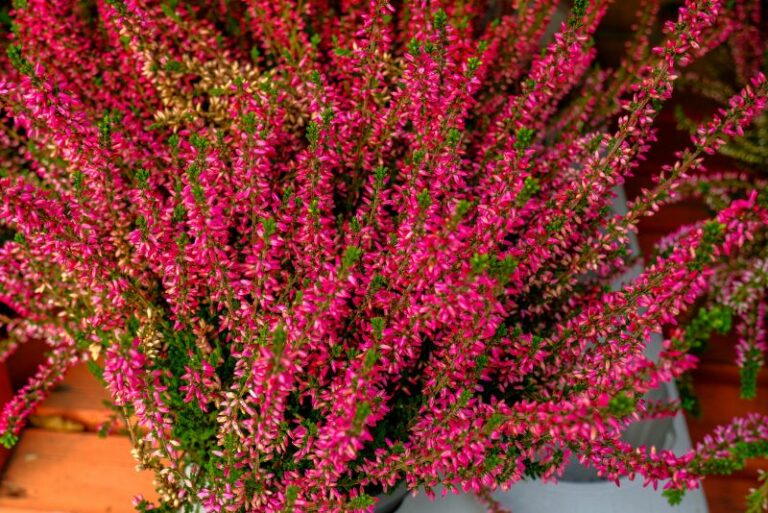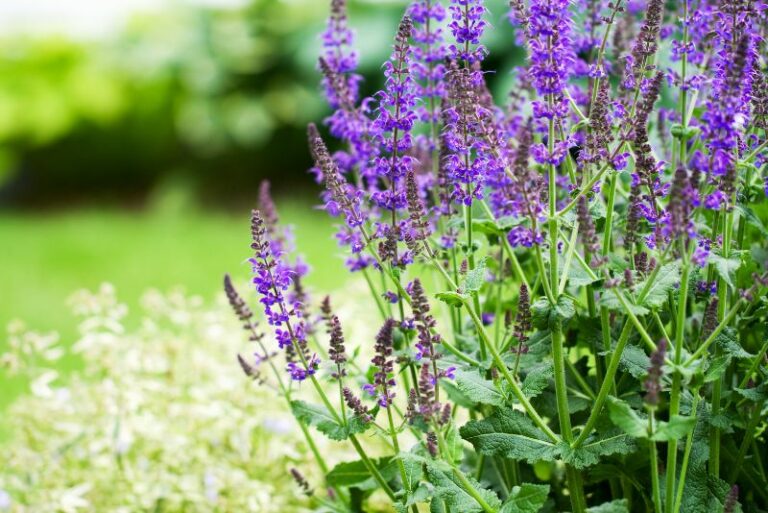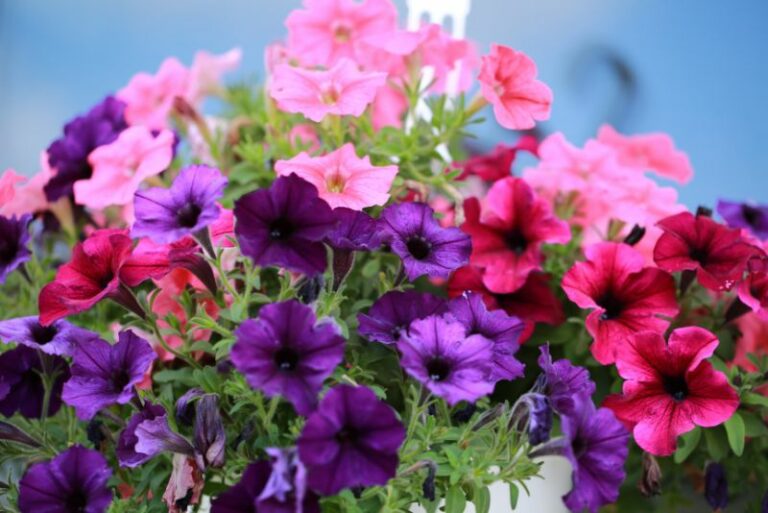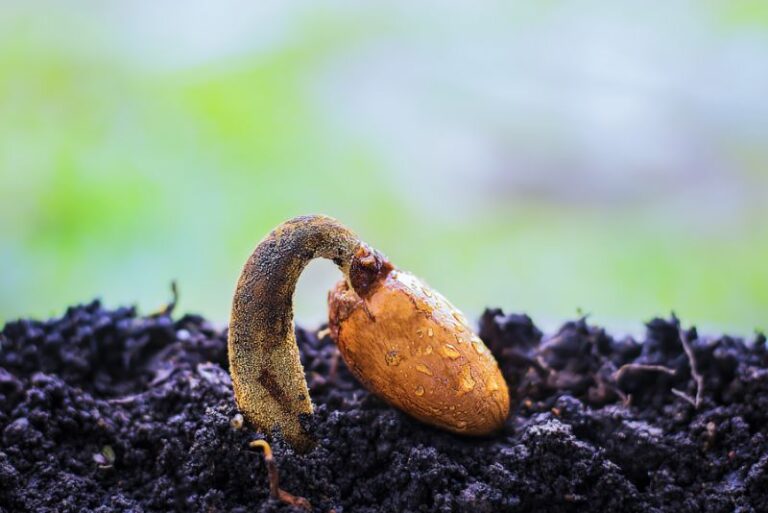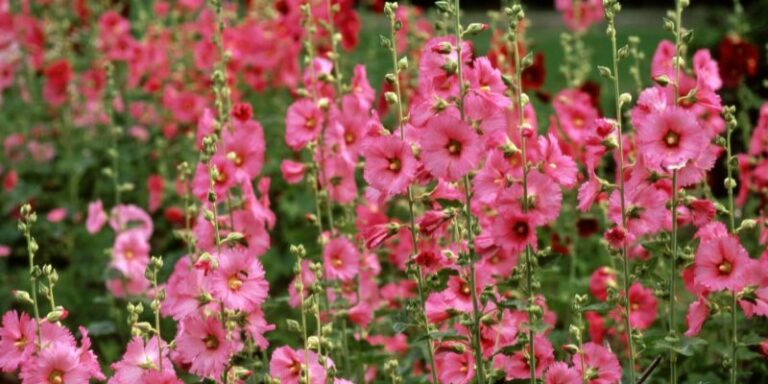Cultivating Elegance: The Art of Growing Lilies
Lilies are the epitome of grace, a garden gem that captivates with their stunning variety of forms and colors. From pure white Easter lilies to regal Stargazers with their breathtaking pink speckles, there’s a lily for every aesthetic. But these flowers are more than just pretty faces; they are surprisingly easy to grow and immensely satisfying for both seasoned and novice gardeners.
When you cultivate lilies, you’re not merely growing plants; you’re crafting an atmosphere. Lilies exude an air of sophistication, transforming any garden into a refined oasis. Their cultivation is an art, one that requires care, patience, and a keen eye for design. Join us as we explore the steps to grow lilies that enrich your personal paradise with their timeless elegance.
Types of Lilies
Before you begin your lily growing adventure, it’s essential to acquaint yourself with the variety of lilies available. Each type brings its own character to the garden, and understanding their distinctions is key to creating a harmonious display.
Asiatic Lilies

Known for their early bloom and vibrant hues, Asiatic lilies are a popular choice for starting your lily garden. They come in a rainbow of colors, excluding the traditional but beloved orange.
Oriental Lilies

With blooms of white, pink, and crimson, Oriental lilies offer an array of colors over the summer. Renowned for their powerful scent, these lilies make a bold statement in any garden or bouquet.
Trumpet Lilies

Named for their elegant trumpet-shaped flowers, these lilies come in softer shades, like pastel and apricot, which stand out against their dark-green foliage.
Species Lilies

If you’re looking for something a little different, species lilies, like the martagon, offer unique features such as curved petals and distinct curling leaves.
Daylilies

A separate genus from true lilies, Hemerocallis offer the gardener an extended array of blooms. Each flower lasts only a day, but multiple buds provide nonstop color.
Growing Conditions
To ensure the successful cultivation of lilies, it’s vital to provide the right growing conditions. These conditions include not just the soil and sunlight but also climate factors that influence their well-being.
Sunlight Needs
Lilies thrive in full sun to partial shade, requiring at least six hours of direct sunlight each day. When selecting the spot for your lilies, it’s a fine balance of enough light without the risk of the soil overheating.
Soil Requirements
Well-drained soil is non-negotiable for lilies. They don’t enjoy having “wet feet,” so incorporate organic matter into the soil to improve drainage, especially if you have heavy clay.
Watering
During the warmer months, lilies appreciate consistent moisture. However, it’s important not to overwater them, as this can lead to bulb rot. A good rule of thumb is to water when the top inch of soil is dry to the touch.
Climate Considerations
Lilies are hardy plants that can handle a range of temperatures. Insulate your lily bulbs with a layer of mulch before the ground freezes to protect them during winter.
Planting and Maintenance Tips
The planting and maintenance of lilies can seem complex, but it’s a straightforward process once you know the steps. This ritual is where you nurture the elegant potential of the lily, from the ground up.
Planting Your Lilies
- Choose the right time. Lilies are typically planted in the fall, giving them the winter to establish roots before the spring growing season. If you missed that window, early spring works too.
- Prepare the soil. Spade the soil to a depth of 12 to 18 inches, loosen the earth to crumbles at least as deep as the lily’s length, and work in organic material.
- Plant with care. Place your bulbs in a hole that’s two to three times as deep as the bulb’s height. Ensure that the root end is down and that the bulb sits on a bed of soil so that the neck of the bulb is at the soil’s surface.
- Space them out. Plant your lilies 12 to 18 inches apart to allow for proper air circulation and to give them space to grow.
Feeding Your Lilies
Feed your lilies in early spring with a slow-release fertilizer. Avoid high-nitrogen fertilizers, as they encourage excessive foliage at the expense of blooms.
Pruning Guidelines
Pruning lilies is as much about removing spent blooms as it is about protecting the future health of the plant.
- ‘Deadheading’ – Remove the entire flower and its stem all the way to the base of the plant as each bloom finishes.
- Just leaves – Resist cutting back the foliage until it has turned yellow, signaling that the plant is ready to enter its dormancy phase.
Design Ideas
Lilies are not just for the garden; they can be incorporated into your home’s aesthetic. Here are some creative design ideas to make the most of your lilies beyond your garden beds.
Garden Landscapes
Whether as a focal point, part of a mixed border, or lining a pathway, lilies anchor and elevate the design. A colorful and fragrant lily garden can be a serene setting for reflection and inspiration.
Home Decor
Cut lilies make stunning bouquets. Their large, showy blooms create an instant visual impact. A single stem can hold its own in a vase, or you can create a lush arrangement with other complimentary flowers and foliage.
Seasonal Care
Lilies need care year-round to keep them healthy and thriving. Here are tips for each season to ensure your lilies grow and bloom beautifully for years to come.
Spring Tasks
In early spring, remove any winter mulch from your lilies. If you had them mulched through the winter, this is also a good time to give them a bit of balanced fertilizer to help kickstart their growth.
Summer Chores
Lilies typically bloom in late spring to early summer. After they have finished flowering, prune the plants by removing the flower stalks. Be sure to keep up with your watering regimen, especially if the summer is especially dry.
Autumn Actions
Prepare your lilies for the coming winter by cutting back the stems once they’ve turned brown and removing any dead foliage. They are now ready for a layer of mulch to protect them during the winter months.
Conclusion
In the end, cultivating the art of growing lilies is about more than just gardening. It’s about creating elegance and sophistication in your living spaces. With proper care, these flowers will beckon with their beauty year after year, inviting you to slow down and savor the moments they grace.
Gardening is a timeless joy, and the cultivation of lilies is a pathway toward that connection with nature. The next time you’re in search of a plant that captures the grace of life in full bloom, turn to the lily.SupportActionBar

